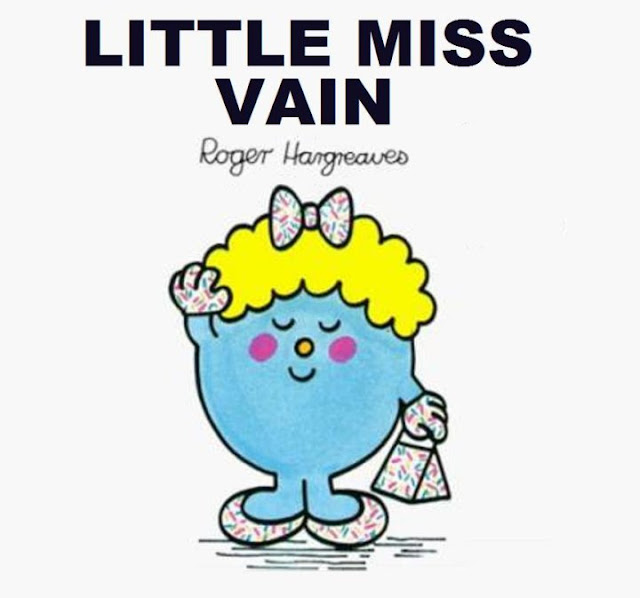The Age of Vanity
Facebook. Myspace. Twitter. LinkedIn. Blogs. Hi5. Flickr. SkyRock. Lunarmoon.
What do the names above have in common? Yes, they are all social networking websites that link people together and serve as a means of digital communications, but further than that, they all serve a deeper purpose for their users. These types of websites provide users with an easy, cheap, and accessible platform to define themselves to the world.
Drawing from uses and gratifications theory, which assumes that people are not passive but have an active role in interpreting and integrating media into their lives, I see social networking sites as serving individuals beyond their initial purposes of connection and networking. According to "uses and grats" theory, individuals are responsible for choosing media to meet their needs, or to fulfill specific gratifications. Thus, the media compete against other information sources for viewers' gratifications.
The adaptation and proliferation of social networking sites in Western culture, in my opinion, as changed their purpose and role in our lives. No longer are they simple websites providing contact and demographic information about our friends, family, or employers. Today, they serve as a means for users to post their entire lives for the world to see, regardless of who truly cares. Instead of as a means of communicating information, a sad "status" is seen a call for pity or attention, a job announcement serves a means of boasting, and posted pictures act as a means for the individual to portray themselves in the way they wish to be seen in the world.
Social networking sites also serve as a means of fulfilling our needs to peer into a small slice of other people, or, at least, how they portray themselves online. These sites are continuously updating and upgrading new applications that allow for less privacy, and more voyeur-ship into our contacts' beliefs, attitudes, and personalities. They allow us to categorize ourselves more clearly than we really might be. They allow us to re-create ourselves in another realm, where we are in control of what we show and what we see.
In teenagers specifically, social networking sites have been a battlefield of bullying, taunting, self-confidence issues, and hierarchy-building. Teens today now have the unlimited options of using photos, apps, blogs, status updates, "likes", fan pages, and other such tools to express themselves and portray themselves in a much more controlled and accepted manner. Suddenly, posting 45 photos of yourself in your bathroom mirror and posting them on Facebook is an accepted, normal behavior.
In the field of digital communications, this is an area that needs to be further explored. Our previous understanding of social networking sites is slowly being made irrelevant, and in order to effectively utilize such sites as a way to promote or advertise specific products or organizations, we must learn to tailor our messages. Such work has been done, and the tailoring of advertisements to the content viewed by the user is one example of this type of effective campaign. However, more work needs to be done with the use of Facebook fan pages and other similar pages on various social networking sites.











Post A Comment
No comments :